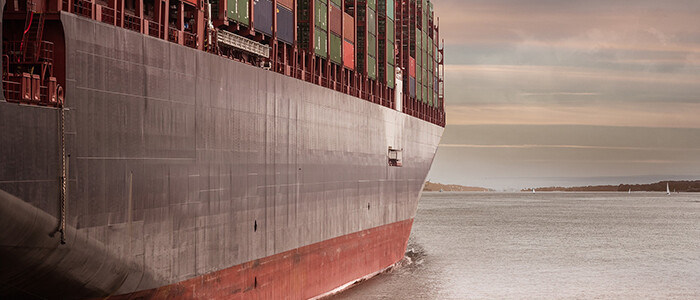Women and minority groups are especially exposed to bullying and harassment at sea. This is shown in a scientific article by Cecilia Österman and Magnus Boström at Kalmar Maritime Academy at Linnaeus University in Sweden. More than half of all women seafarers state that they have been subjected to it.
Working at sea is a masculine-coded profession with a strong culture that values practical experience. Work on board is characterized to a large extent by insecure employments, high workloads, and at times contradictive requirements to work both efficiently and safely. This is a breeding ground for work environment problems that increase the risk of bullying and harassment at the workplace, but it can also lead to ill health and accidents, according to the article.
Cecilia Österman and Magnus Boström’s article “Workplace bullying and harassment at sea: A structured literature review”, published in Marine Policy, accounts for a systematic review of published scientific literature on bullying and harassment at sea.
Negative special treatment occurs at all types of workplaces and the causes can often be found in the organizational and social work environment. Common contributing factors include unclear roles, tasks and responsibilities, high workload, and managers who often lack the knowledge, tools, and time to work proactively with the work environment, the article said.
“One factor that contributes to the fact that the maritime industry is particularly at risk of workplace bullying and harassment is the fuzzy boundaries between work and private life on ships where the crew work and live together, often for long periods at a time. This makes it even more important to have well-functioning leadership and interpersonal relationships in the social environments,” Österman explained.
The article shows that not much has happened since the first study on the topic in 1995. Today, the number of people being bullied and harassed at sea varies between 8% to 25% of all seafarers and over 50% of all women seafarers. These figures are not very different from those in the first studies on the topic, the article’s writers said.
“Even though research on bullying and harassment at sea is receiving more attention, there is a general need for future research, and intervention studies in particular,” said Boström.
“Above all, there is a need to deal with the underlying causes of negative special treatment to make sure that staff at sea have decent work conditions. Managers ashore and officers on board must be provided with sufficient resources, useable tools and adequate time to be able to work proactively to reduce the factors that make up the breeding ground for bullying and harassment at the workplace,” said Boström.
Cecilia Österman and Magnus Boström have also produced “Ogilla läget”, a popular science brochure with tips for how managers and employees in the maritime industry can contribute to a good organizational and social work environment.
“We must ask ourselves new types of questions to gain better and deeper insights about the work conditions on board. Considering the predicted future shortage of qualified people for the maritime industry, measures are needed to improve the recruitment of new personnel and to retain existing staff. This is about protecting seafarers from bullying and harassment and safeguarding the well-being of all people at sea regardless of age, gender, ethnicity or sexual orientation,” the article said.




